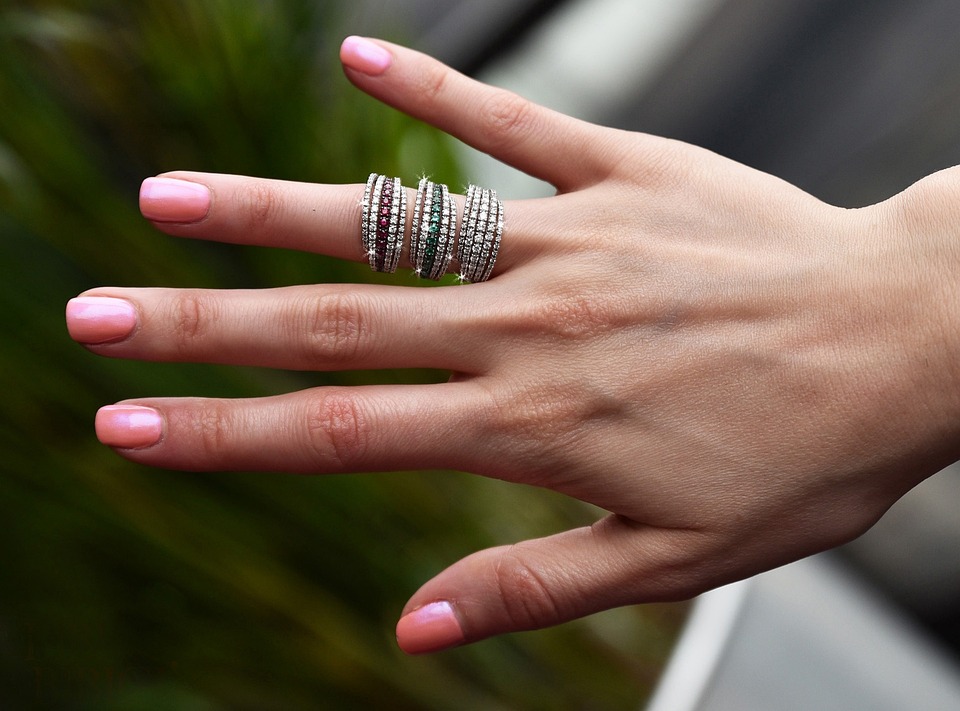Moissanite Diamonds: How to Spot Imitations Quickly
Moissanite diamonds have gained popularity in recent years due to their stunning beauty and affordability. However, with the rise in demand, there has also been an increase in imitations flooding the market. It is essential to be able to distinguish between genuine moissanite diamonds and their imitations quickly. In this article, we will guide you through some foolproof methods to spot these imitations.
1. Understanding the Differences
Before we delve into the specifics, it is crucial to understand the fundamental differences between moissanite diamonds and their imitations. Moissanite is a lab-created gemstone that closely resembles a diamond in appearance but has its unique properties. On the other hand, imitations are usually made of materials such as cubic zirconia or white sapphire, which do not possess the same brilliance and durability as moissanite.
2. The Brilliance Test
One of the most effective ways to identify moissanite diamonds is by examining their brilliance. Moissanite has a higher refractive index than diamonds, which means it reflects light differently. When you shine a light on a moissanite diamond, you will notice a rainbow-colored light dispersion, also known as the “rainbow effect.” This effect is not present in genuine diamonds or their imitations. If the stone you are examining exhibits this rainbow effect, it is likely a moissanite diamond.
3. The Sparkle Test
Another characteristic that sets moissanite diamonds apart is their exceptional sparkle. Moissanite has a higher dispersion rate than diamonds, which means it reflects light with more intensity and creates a dazzling sparkle. To determine if a stone is moissanite, observe how it sparkles under different lighting conditions. If the stone exhibits a vibrant and radiant sparkle, it is likely a moissanite diamond.
4. The Hardness Test
Moissanite diamonds are known for their remarkable hardness, second only to diamonds on the Mohs scale. To perform a hardness test, use a sharp object such as a steel file or a glass cutter and try to scratch the surface of the stone. If the stone remains unscathed, it is most likely a moissanite diamond. However, imitations made of materials like cubic zirconia or white sapphire will show signs of scratching.
5. The Thermal Conductivity Test
Moissanite diamonds have a higher thermal conductivity than diamonds, meaning they disperse heat more quickly. To perform this test, touch the stone with your finger and observe how quickly it warms up. If the stone heats up rapidly, it is likely a moissanite diamond. Diamonds and their imitations will take longer to warm up due to their lower thermal conductivity.
In conclusion, being able to differentiate between moissanite diamonds and their imitations is crucial when making a purchase. By understanding the differences in brilliance, sparkle, hardness, and thermal conductivity, you can quickly spot a moissanite diamond. Remember to rely on reputable sources and consult with experts to ensure the authenticity of the gemstone. Happy diamond hunting!
Keywords: moissanite diamonds, imitations, brilliance test, sparkle test, hardness test, thermal conductivity test, authenticity, gemstone, diamond hunting.

